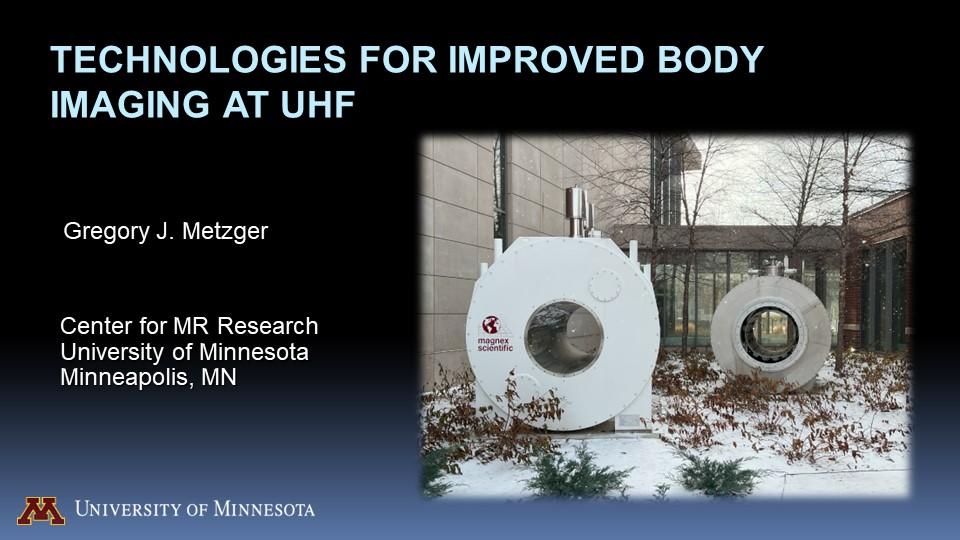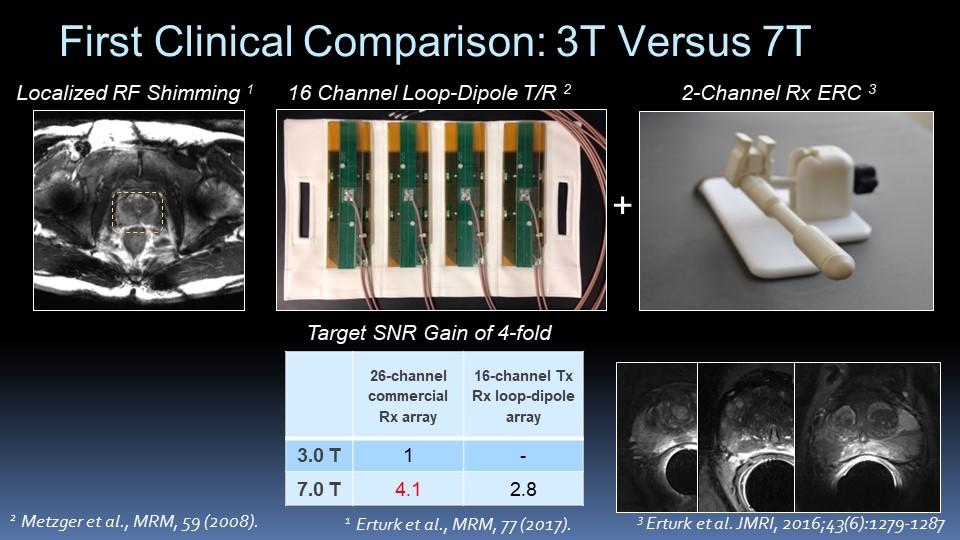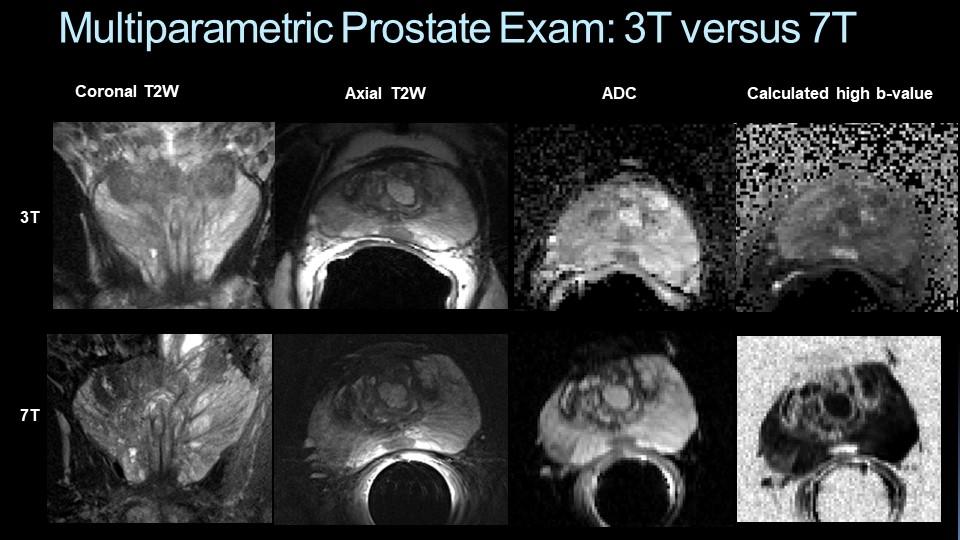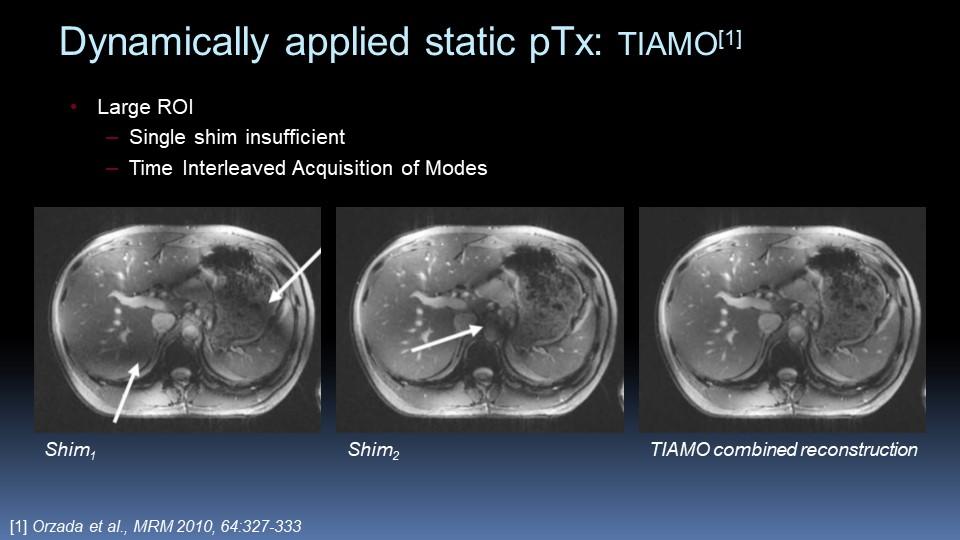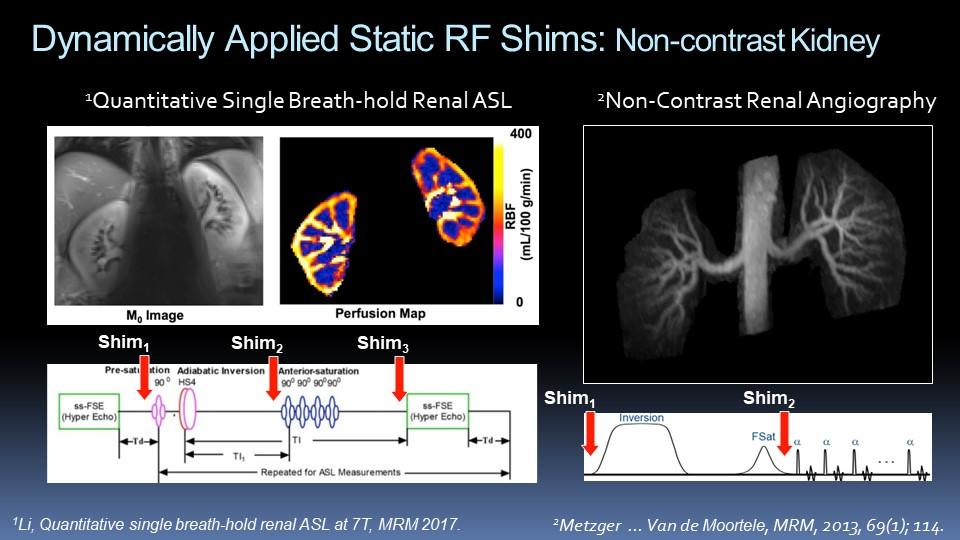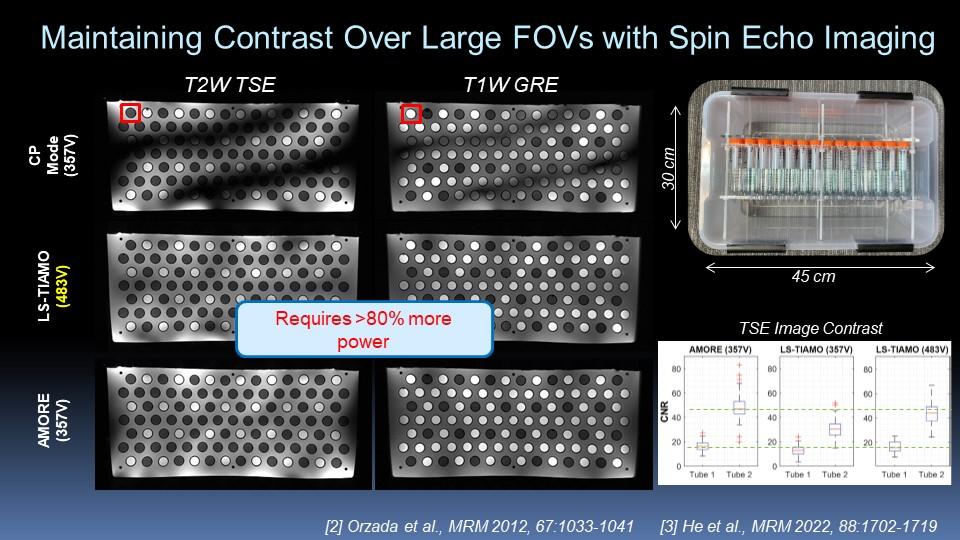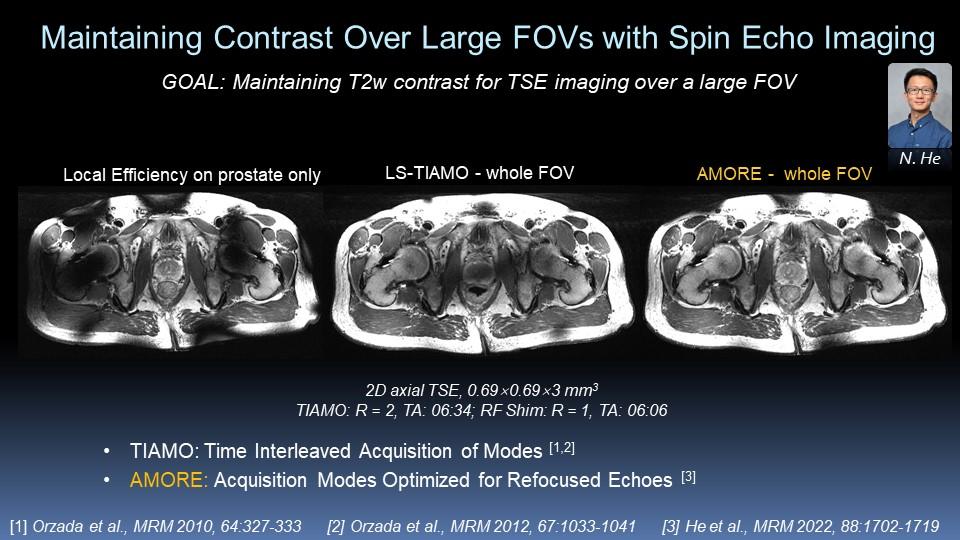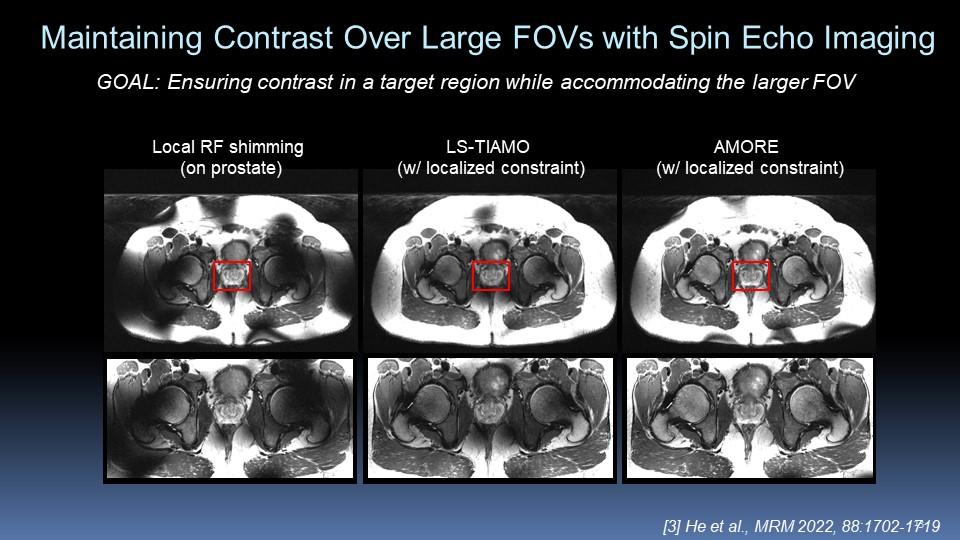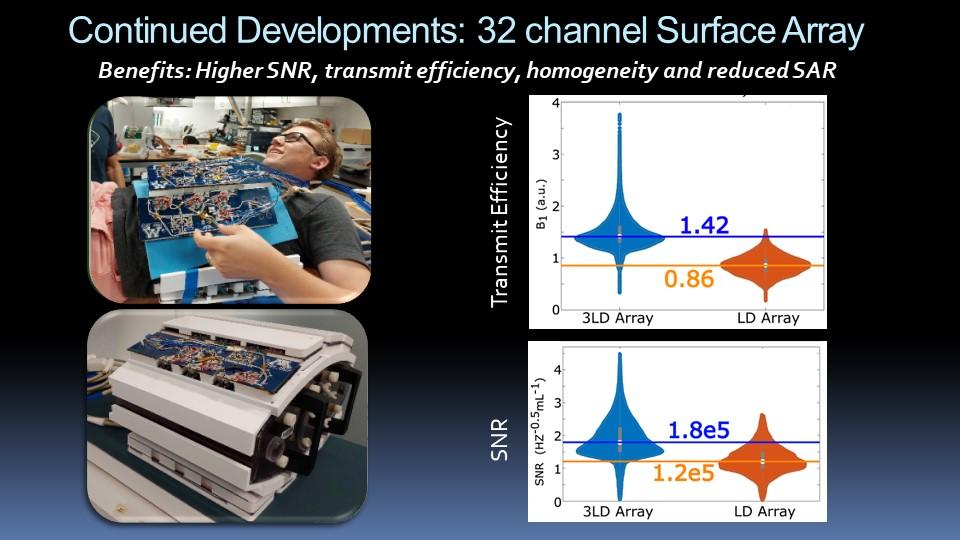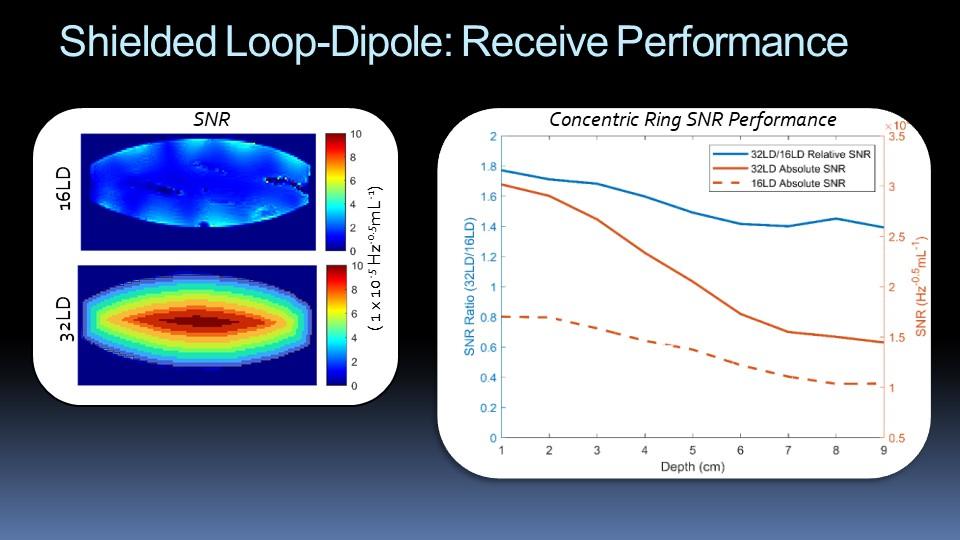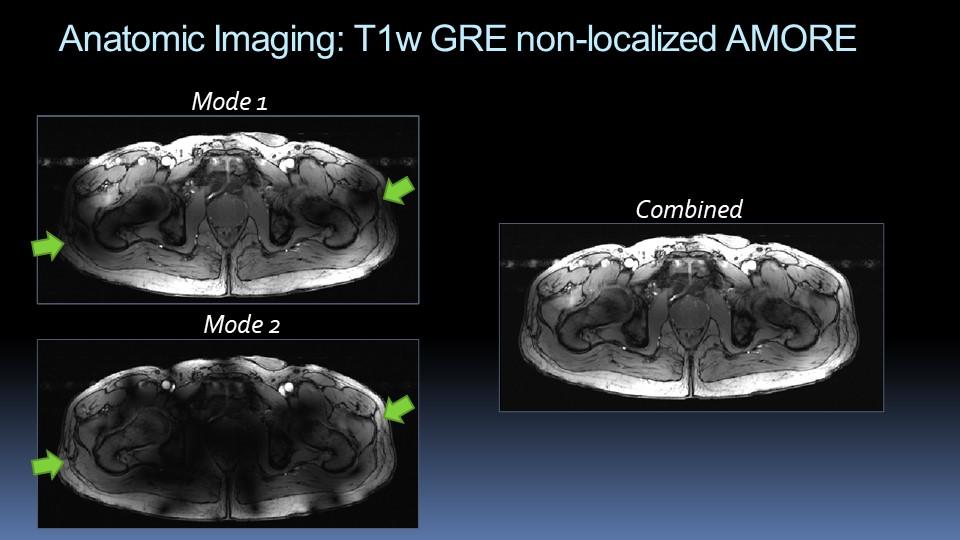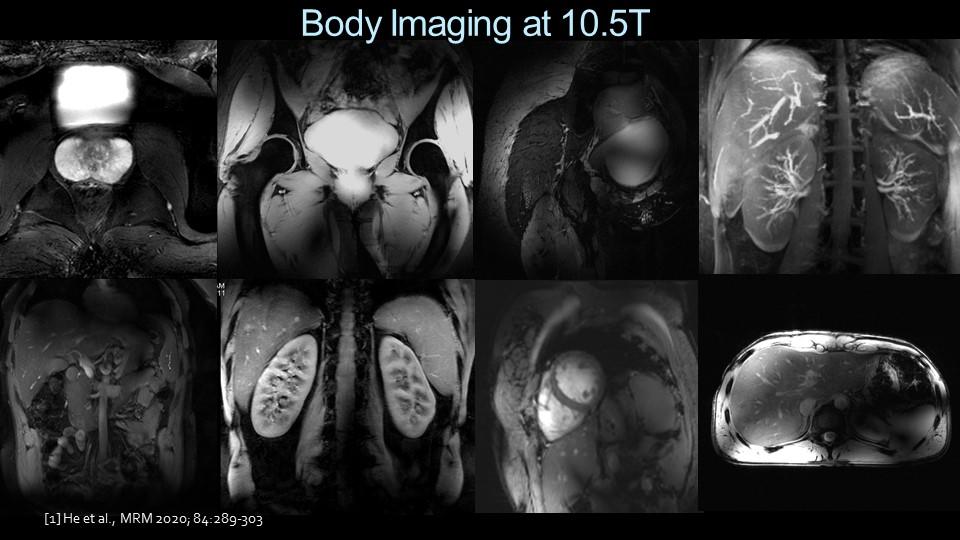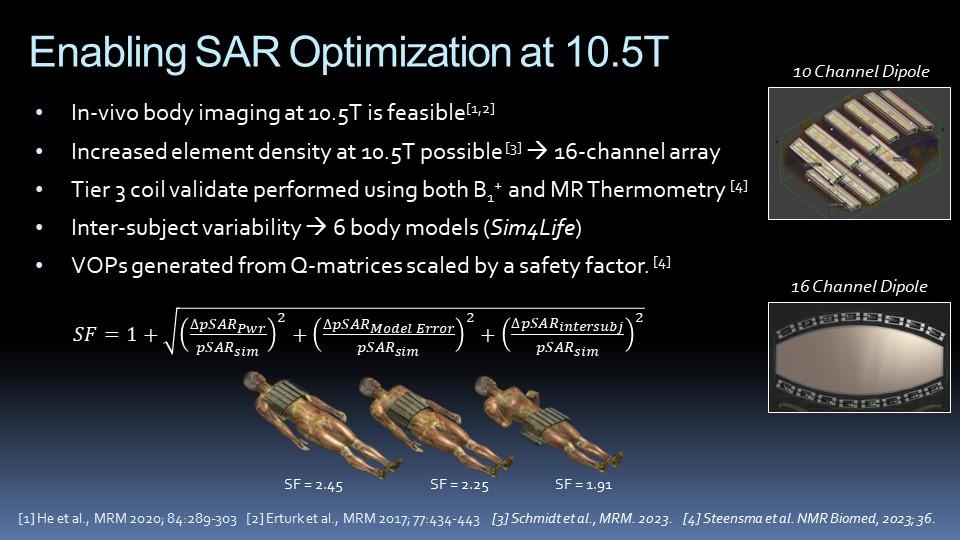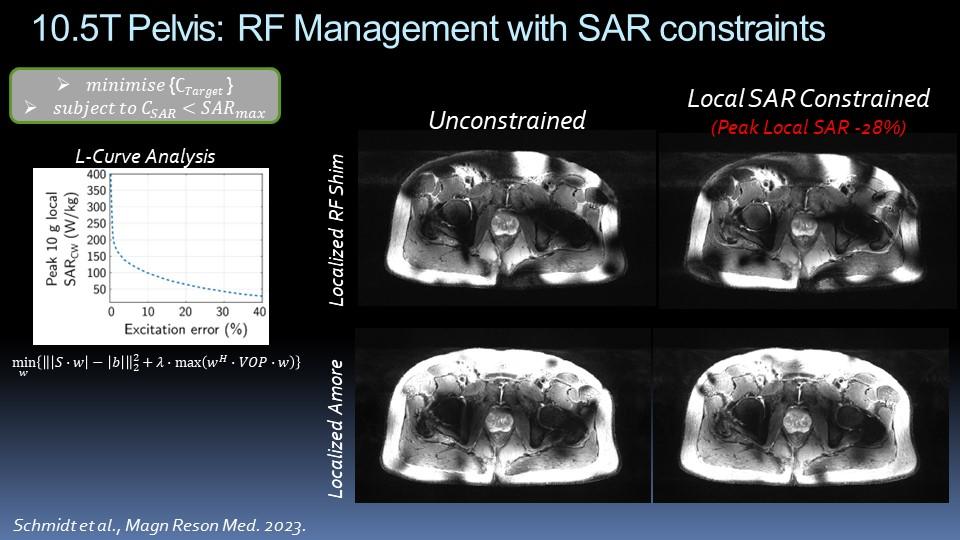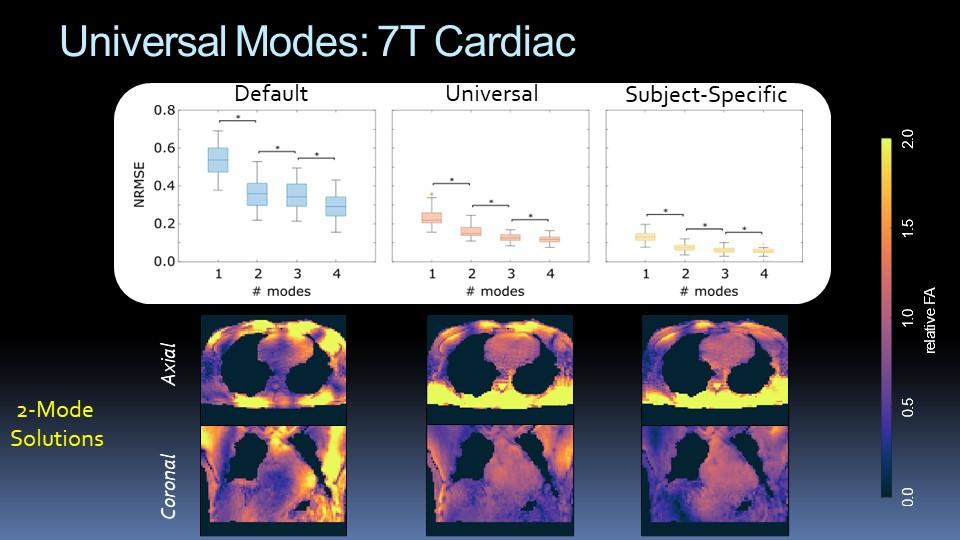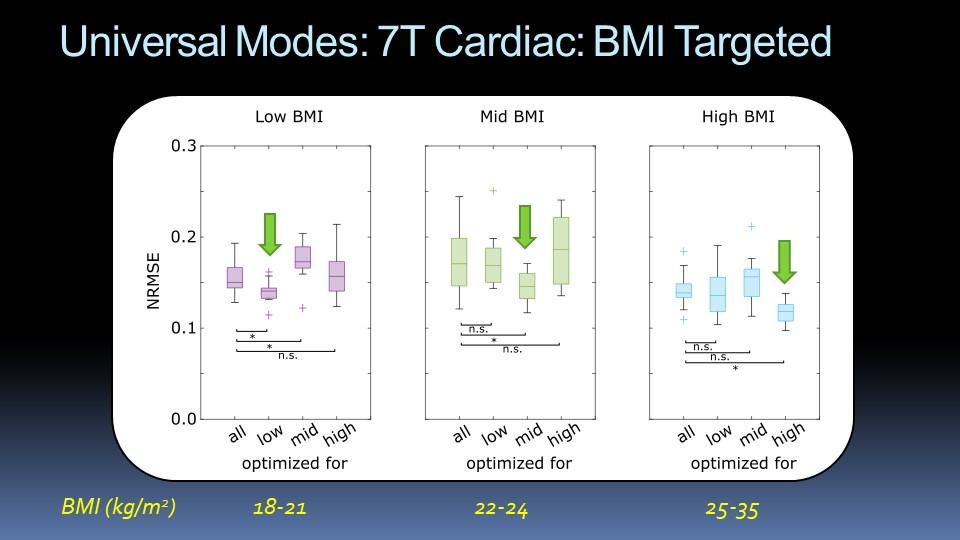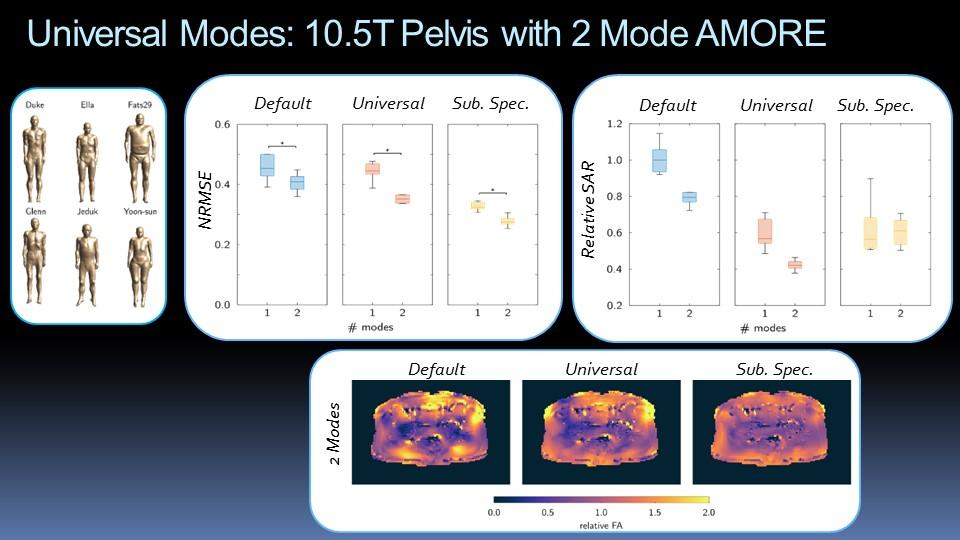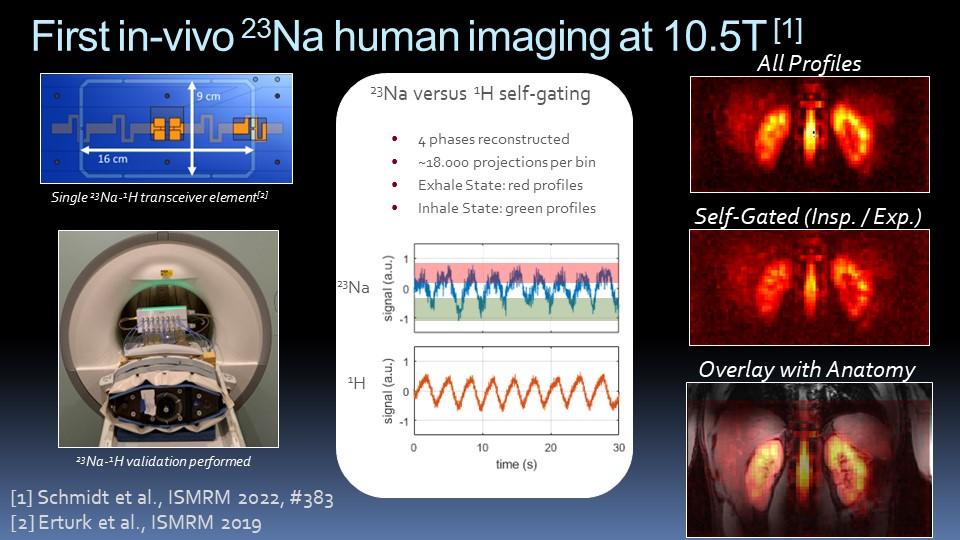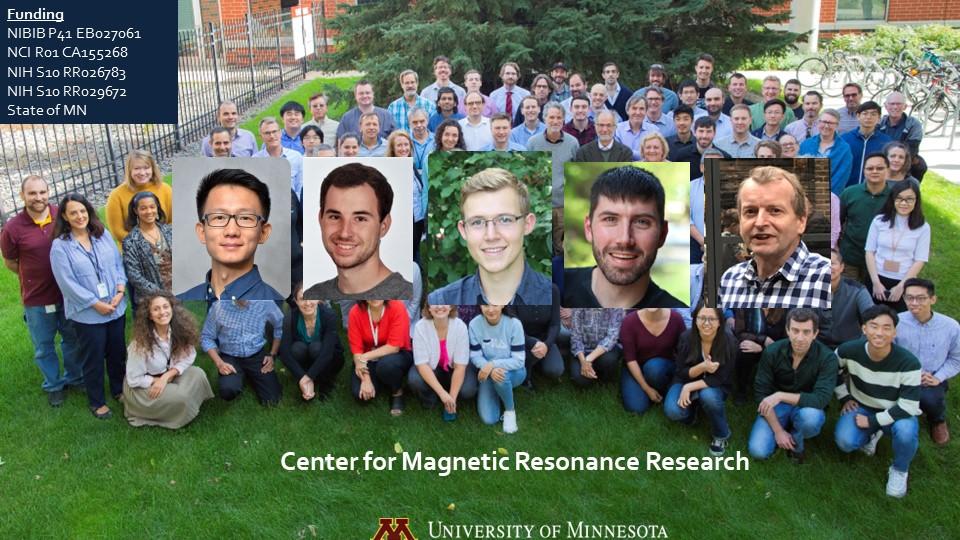The Metzger lab is focused on two, sometimes overlapping, areas: 1) the development of quantitative multi-parametric MRI methods and applications and 2) the development of technology to safely realize the potential advantages of MRI at the ultrahigh fields of 7 Tesla (7T) and 10.5 Tesla (10.5T).
Research Focus 1: The lab is investigating the potential of quantitative magnetic resonance imaging and spectroscopy to non-invasively determine the extent and aggressiveness of prostate cancer. Research objectives involve the development of a multi-parametric statistical models to non-invasively detect and assess the aggressiveness of cancer using quantitative MRI with molecular pathology as a gold standard. Currently we are working on developing a computer-aided diagnostic (CAD) platform for translating the developed models into the clinic.
Research Focus 2: The lab is developing the hardware, RF management strategies and acquisition methods necessary to realize safe, efficient and impactful imaging of the human body at ultra-high magnetic fields. Initial goals included the improved visualization and characterization of prostate cancer and expanded to include applications in the head, kidneys and heart. These widely varying target anatomies have required the development of advanced parallel transmit (pTx) RF management strategies for managing non-uniform transmit B1 fields enabling a wide range of studies including perfusion and angiography acquisitions, which no longer require exogenous contrast agents and maximally exploit the properties of increased fields. While initially performed at 7T, over the past couple of years my group has translated these methods to 10.5T leading to the first ever in vivo human images of the human body on this system, the highest field whole body MRI scanner in the world.
With a focus on body imaging, the quantitative and ultrahigh field focus has made it possible for us to tackle other applications through out the human body including neurological applications looking at improved outcomes following novel CPR strategies and the development of biomarkers for improved diagnosis and prognosis of traumatic brain injury.
